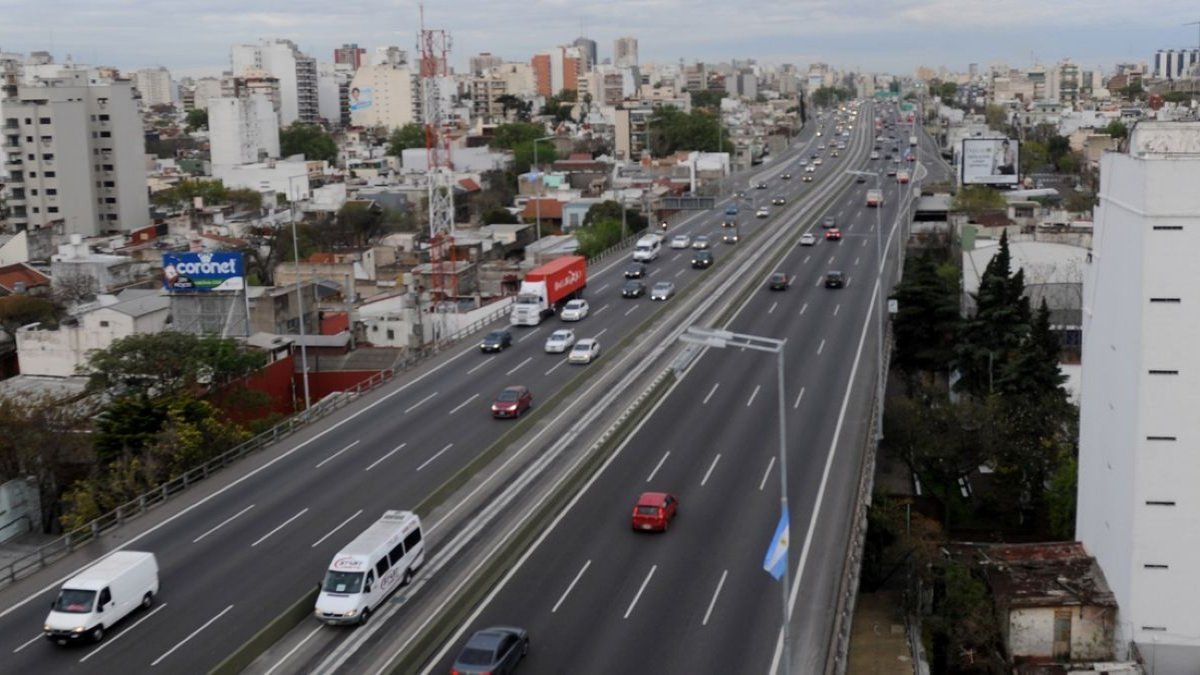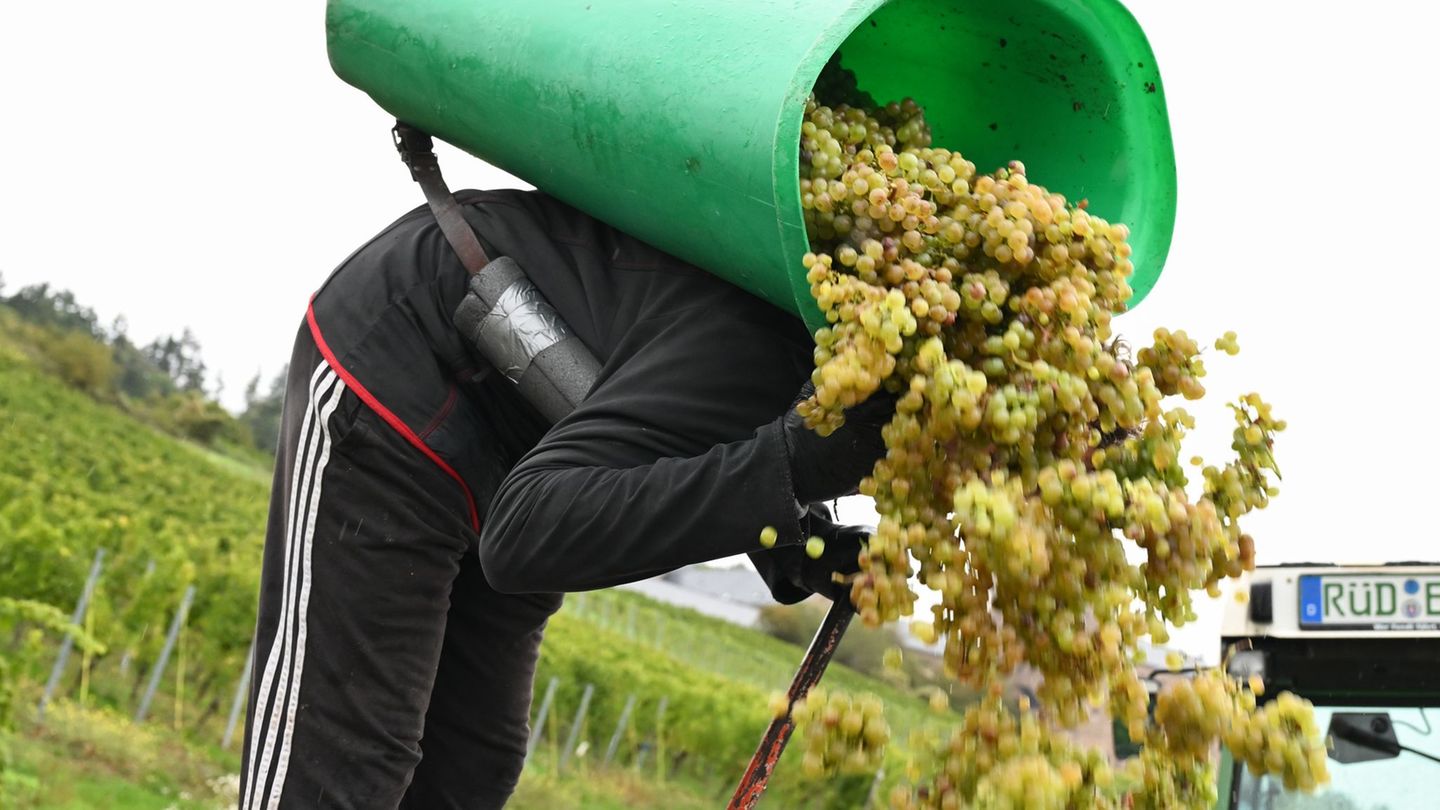Increase measures regarding road safety It is key to reducing the high rates of road accidents. Already in 2008, with the issuance of Law 26,363 creating the National Road Safety Agency, a qualitative leap was made in the matter.
Let us remember that the traffic law is one of those types of regulations to which the provinces adhere or not, however the creation of a governing body in road safety was essential to establish public policies capable of reducing accident rates.
Since then, we see a proliferation of breathalyzers (commonly known as breathalyzers), kinemometers (known as speed radars) and other technologies that subject us to necessary controls.
Drivers are children of rigor. There is no doubt about it, and the only way we understand that we are committing a traffic violation is when we cause damage to third parties or ourselves, or when we receive traffic violations with large amounts.
Already in 2018, the World Health Organization warned that globally, deaths in road accidents reached 1.35 million people.
On the other hand, the modifications introduced by Decree 196/2025 allow for autonomous driving and even the implementation of toll gates that do not obstruct the route to avoid the overcrowding caused by toll booths. But it has omitted treatment of a key tool for speed control. And this is the average speeding.
What do I mean? Well, being realistic, drivers notice the presence of a speed radar and immediately decelerate. But the radar measures the speed at a given pointand after that we generally accelerate the vehicle again.
Average speeding is a tool available to reduce speed in all sections of a journey. If we add to this artificial intelligence to calculate the average speed and issue alerts in case of detection of a violation, we are in the presence of a true discovery.
But let’s see how advanced countries do it. The European Union is in the process of implementing the ISA system. That is, a mandatory intelligent speed system (ISA) for all new vehicles to combat excessive speed. This system uses GPS or Galilean system in the European Union based on digital maps, to identify the speed limit of the road.
This system can either warn the driver of excessive speed or limit the speed of the vehicle directly. But we are here in the presence of self-control.
The system for measuring average excess speed is even simpler and requires a simple adaptation of the regulatory framework. What does this system consist of? The driver crosses a specific point on a route, be it a toll gate, a booth or a specific point where the time calculation can begin.
image
(Image of a CABA toll collection gate).
Here the entry is recorded using a photograph with identification of the vehicle’s ownership and the time at which said point was crossed is recorded. Several kilometers later, a similar device is placed to record the exit point of the section measured in kilometers.
With both photographic records, and the measured distance, An artificial intelligence system can automatically calculate the average speed at which the driver traveled the section. It’s something as simple as that. Current technologies allow us to execute this road safety measure quite simply.
But this requires an update of the regulatory framework, specifically Traffic Law 24,449, classifying and establishing sanctions for cases of average speeding, since today the registration of this type of offense is only permitted at a certain point.
But both the regulatory change and its implementation require strategic planning by the State and the coordination of actions between National Roads, the National Road Safety Agency and the National Institute of Industrial Technology, each within the framework of their powers.
But for this, it is necessary to previously accept this form of measurement and verification of traffic violations in the regulatory framework.
By Santiago Juan Manuel Herrera. Doctor in Administrative Law from the University of Buenos Aires, Master in Administrative Law from the Universidad Austral and specialist in transportation and ports.
Source: Ambito
I’m a recent graduate of the University of Missouri with a degree in journalism. I started working as a news reporter for 24 Hours World about two years ago, and I’ve been writing articles ever since. My main focus is automotive news, but I’ve also written about politics, lifestyle, and entertainment.




